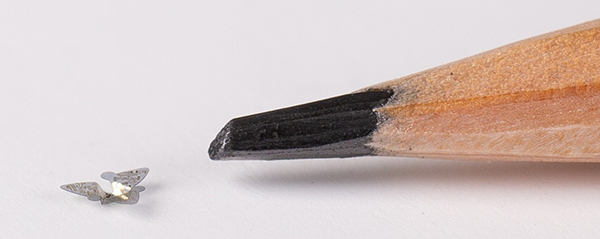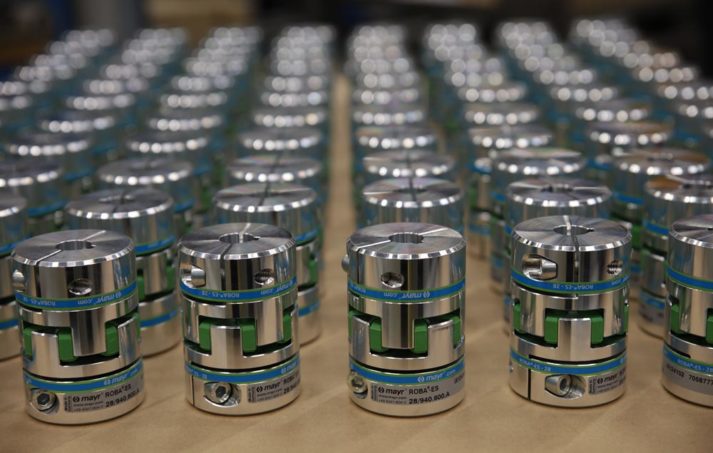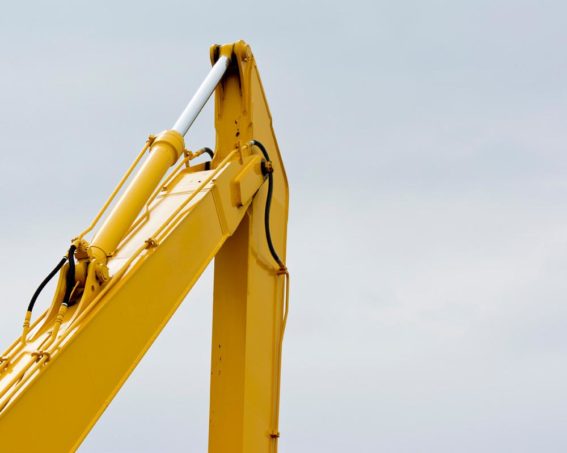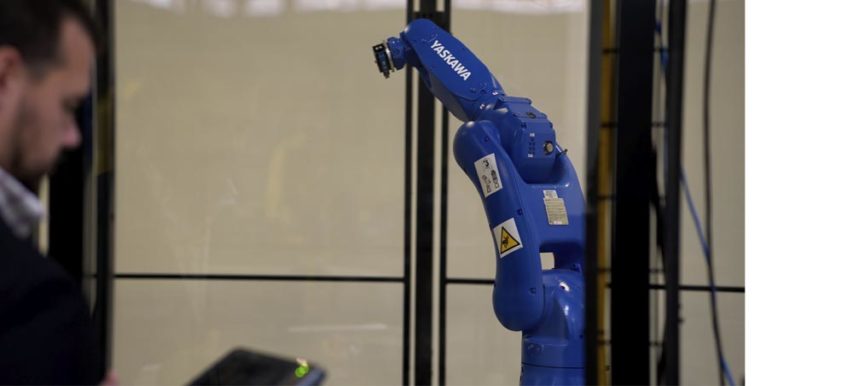Adapting Aerodynamics
Adapting Aerodynamics
Northwestern University Introduces Smallest Human-Made Flying Structure

By studying maple trees and other types of wind-dispersed seeds, engineers at Northwestern University have optimized the microflier’s aerodynamics to ensure that it — when dropped at a high elevation — falls at a slow velocity in a controlled manner. This behavior stabilizes its flight, ensures dispersal over a broad area and increases the amount of time it interacts with the air, making it ideal for monitoring air pollution and airborne disease.
As the smallest-ever human-made flying structures, these microfliers also can be packed with ultra-miniaturized technology, including sensors, power sources, antennas for wireless communication and embedded memory to store data.
“Our goal was to add winged flight to small-scale electronic systems, with the idea that these capabilities would allow us to distribute highly functional, miniaturized electronic devices to sense the environment for contamination monitoring, population surveillance or disease tracking,” said Northwestern’s John Rogers, a professor of materials science and engineering. “We were able to do that using ideas inspired by the biological world. Over the course of billions of years, nature has designed seeds with very sophisticated aerodynamics. We borrowed those design concepts, adapted them and applied them to electronic circuit platforms.”
According to the Northwestern University website, Rogers’ engineering team drew inspiration from a child’s pop-up book.
His team first fabricated precursors to flying structures in flat, planar geometries. Then, they bonded these precursors onto a slightly stretched rubber substrate. When the stretched substrate is relaxed, a controlled buckling process occurs that causes the wings to “pop up” into precisely defined three-dimensional forms.
“This strategy of building 3D structures from 2D precursors is powerful because all existing semiconductor devices are built in planar layouts,” Rogers said. “We can thus exploit the most advanced materials and manufacturing methods used by the consumer electronics industry to make completely standard, flat, chip-like designs. Then, we just transform them into 3D flying shapes by principles that are similar to those of a pop-up book.”

The microfliers comprise two parts: millimeter-sized electronic functional components and their wings. As the microflier falls through the air, its wings interact with the air to create a slow, stable rotational motion. The weight of the electronics is distributed low in the center of the microflier to prevent it from losing control and chaotically tumbling to the ground.
In demonstrated examples, Rogers’ team included sensors, a power source that can harvest ambient energy, memory storage and an antenna that can wirelessly transfer data to a smart phone, tablet or computer.
In the lab, Rogers’ group outfitted one device with all of these elements to detect particulates in the air. In another example, they incorporated pH sensors that could be used to monitor water quality and photodetectors to measure sun exposure at different wavelengths.
Rogers imagines that large numbers of devices could be dropped from a plane or building and broadly dispersed to monitor environmental remediation efforts after a chemical spill or to track levels of air pollution at various altitudes.
“Most monitoring technologies involve bulk instrumentation designed to collect data locally at a small number of locations across a spatial area of interest,” Rogers said. “We envision a large multiplicity of miniaturized sensors that can be distributed at a high spatial density over large areas, to form a wireless network.”




